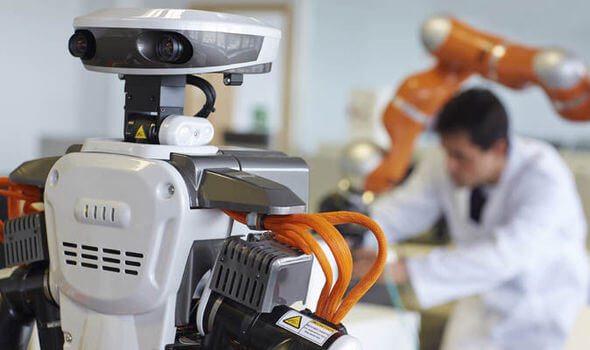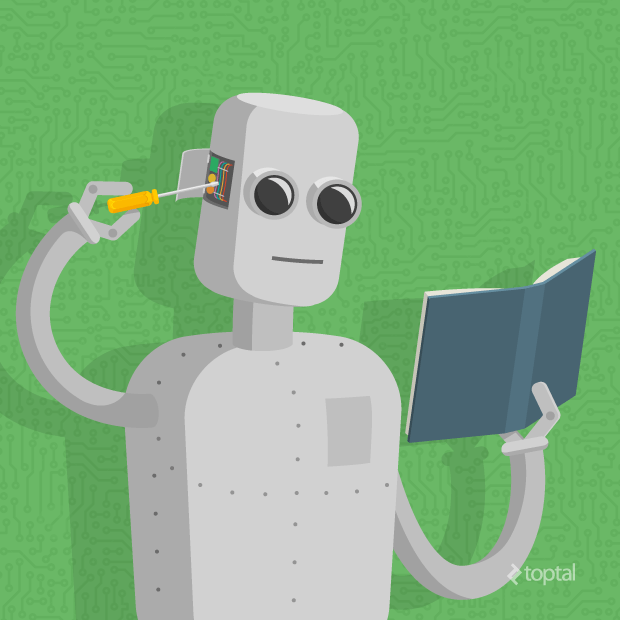There has been phenomenal growth in the consumer electronics industry. The world has come to a point where people queue for days just to get their hands on the latest gadgets. These gadgets have evolved to do multiple things, connecting people in ways that were an impossibility a few years ago.
Technology has become a catalyst that will usher the world into the next phase of innovation, in business and in the personal lives of people. Here are some of the tech trends that will change the world in the near future.
3D Printing
According to Gartner, a tech research company, a “Digital Industrial Revolution” is just beginning and it is set to reshape how physical goods are created. 3D printing features heavily in this “revolution.”

1. 3D printing will cause losses in intellectual property hitting $100 billion every year by 2018
The falling prices of 3D printers and modelling technology means that the technology to be used in Intellectual Property (IP) theft can be easily acquired by would-be criminals. 3D printers can make a wax mould just by scanning an object. To enable IP theft, the printer does not necessarily have to create a finished product. Using moulds generated, the thief can then replicate the particular object in large quantities.
2. Use of 3D printing in creating tissues and organs (bio-printing) will result in global debate for the regulation of this technology by 2017
Bio-printing is used in generation of living tissue and organs for medical application. Soon, bio-printed organs will be readily available. This leaves people wondering what this new technology will do to society. Beyond the questions, this technology has the potential to help a large number of people in need of organs that are not readily available.
Digital (Advertising/ Marketing) Business

Digital business is a term used to refer to business that has been created through the use of digital assets and/or capabilities. This also covers digital products, services, customer experiences and business conducted through digital channels. Gartner predicts that digital business will have profound effect on labor, consumer good revenue and personal data use.

Outsourcing Solutions
At least 75% of consumer innovation and R&D for over 50% of consumer goods manufacturers will come from outsourced solutions by 2017. Consumer goods companies are taking the leap and employing digital channels so as to engage a larger pool of intellect and opinion. Gartner predicts that there will be a huge shift toward crowdsourcing applications coupled with technology that includes online communities, advertising and scientific problem solving.
Collection, tracking and bartering of personal data will be used by 80% of people as a means of cost savings, convenience and customization by 2017

Every one now knows that a huge amount of data is being collected about them. According to Gartner, this has allowed for people to gain more control over the disposition of their data. Increased demand and scarcity means that the value of this data will go up. This will open a door for people to share this data for a price. People are spending more time and money collecting data about themselves. They reckon that this will be valuable in times to come.
Businesses and governments will lack the ability to protect 75% of sensitive data by 2020
Governments and businesses are storing vast amounts of data by the day, making it near impossible to protect it all. In light of this, organizations and governments will work on protecting only a small portion of this data. This approach will also be taken in by wider society.
Smart Machines
Smart machines are slowly removing the need of humans in various processes, as they make use of cognizant and cognitive systems to make decisions. Some businesses will employ these machines as a way of improving efficiency.
Smart machines will disrupt the career paths of a majority of knowledge workers by 2020
Smart machines rely on deep-learning algorithms and machine learning. The adopt to the environment and behave autonomously. They have the ability to detect novel situations with higher speed and accuracy. Smart machines create competitive advantages for those in the knowledge economy.
Non-overideable “smart systems” will be a mandatory requirement in at least 10% of potentially injurious activities by 2024

“Smart systems” with the ability to respond to external events are being developed by the day. However, there is still some resistance to completely removing human intervention from the equation.
10% of computers will be learning as opposed to processing by 2017
Deep learning methods are being applied in speech and object recognition systems. These methods are based on neural networks. The most important implication is the less energy use by computers in recognizing more complex patterns.
Internet of Things
The internet of things brings together machines, people and business interactions in the modern era. Massively connected devices mean that people, businesses and governments have more information about themselves and their surroundings. 10. 5% of sales from the Global 1000 will be from consumer data collected from wearables by 2020.
Wearable are quickly becoming mainstream in society. Within 5 years, these technologies have undergone significant growth. These means that they can now capture data on the user’s sight, hearing and biorhythmic responses. All this data can then be used for commercial gain.













